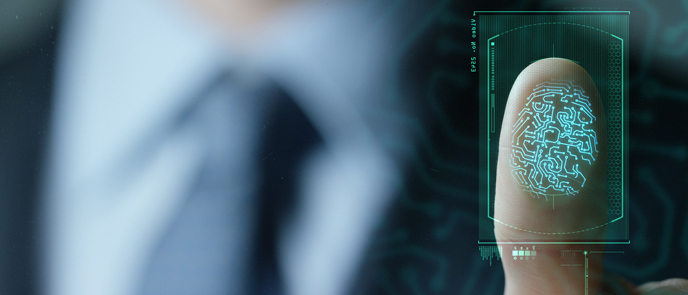-
NBS Tasks
Browse topics
- Monetary policy
- Financial market supervision
- Financial stability
- Banknotes and coins
- Payments
- Statistics
- Research
- Legislation
-
Publications
- Activity Report of the NBS Innovation Hub Annual Report Carbon Footprint Report of NBS Climate-related disclosures of NBS non-monetary policy portfolios Economic and Monetary Developments Financial Stability Report Investment Policy Statement of the National Bank of Slovakia Macroprudential Commentary
- Policy Briefs Report on the Activities of the Financial Market Supervision Unit Research Papers: Working and Occasional Papers (WP/OP) Statistical Bulletin Structural Challenges Other publications Sign up for your email notifications about publications
- About the Bank
- Media
- Frequently asked questions
-
For the public
Browse topics
- About the Bank
- Exchange rates and interest rates
- Banknotes and coins
- Payments
- Financial stability
- Financial market supervision
- Statistics
- Legislation
-
Publications
- Activity Report of the NBS Innovation Hub Annual Report Economic and Monetary Developments Financial Stability Report Macroprudential Commentary
- Report on the Activities of the Financial Market Supervision Unit Research Papers: Working and Occasional Papers (WP/OP) Statistical Bulletin Other publications Sign up for your email notifications about publications
- Frequently asked questions
- Media
- Careers
- Contact
sk
sk
To search for
press Enter
Biometrics
Introducing biometrics

The use of fingerprint, voice and face recognition technology in mobile banking or biometric signature verification is currently an alternative to passwords that has already been implemented by a number of institutions because of the increasing use of mobile banking applications and the rapid changes in customer demand.

A number of implementations for the use of biometrics to authenticate customers have been witnessed, such as (among others):
- Authentication based on customer’s fingerprint: In practice, with the use of a fingerprint scanner, the details of the fingerprint are captured as a digital image, which is then analysed and turned into a code to authenticate the customer.
- Authentication through voice recognition: The customer has to contact the institution to record a voice sample for the use of voice recognition software. Consequently, the customer can be authenticated based on his or her voice and may request information or carry out financial transactions.
- Authentication of customers and authorisation of transactions through biometric signature verification: Signature pads capture the signature image, the writing dynamics and the pressure applied, to increase the reliability of authentication. Applications may include signing documents for opening new accounts, credit and loan applications, and deposit and withdrawal slips
- ATMs using facial recognition: ATMs may use facial recognition as an additional authentication factor (besides the customer’s card and PIN or mobile device, for example) in high-value transactions. The customer is asked to perform a facial scan during the account setup. If the scan matches the customer’s pre-recorded image, the ATM executes the high-value transaction.
Contents:
-
I. Legislation
NBS Opinion of 18 December 2018 on remote identification
GDPR Regulation (defines biometric data)